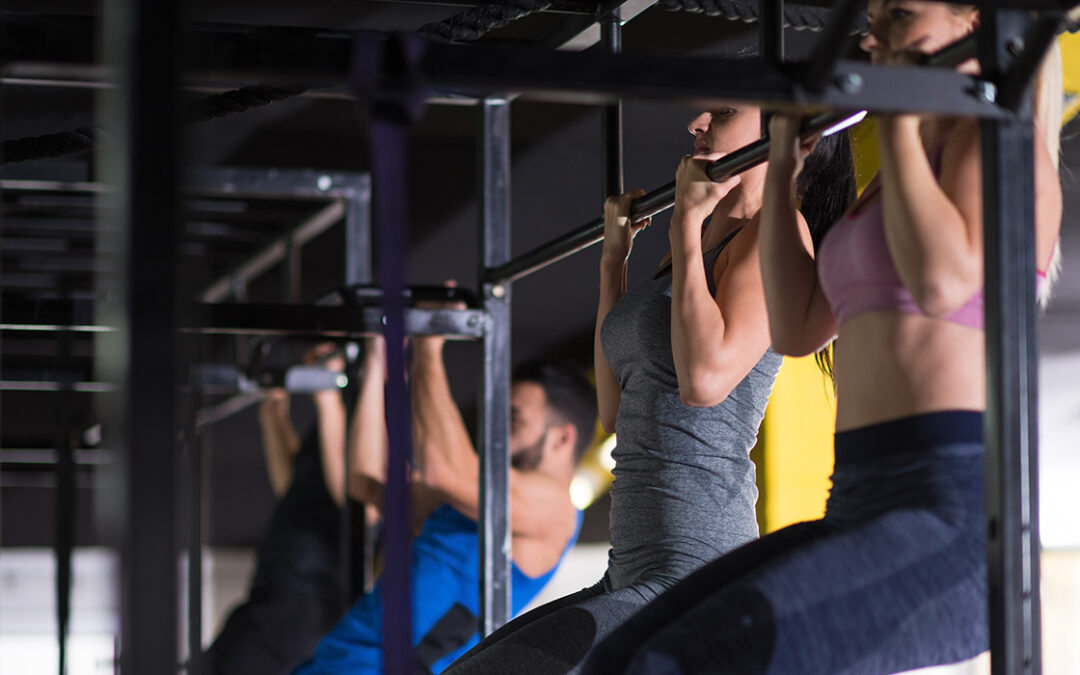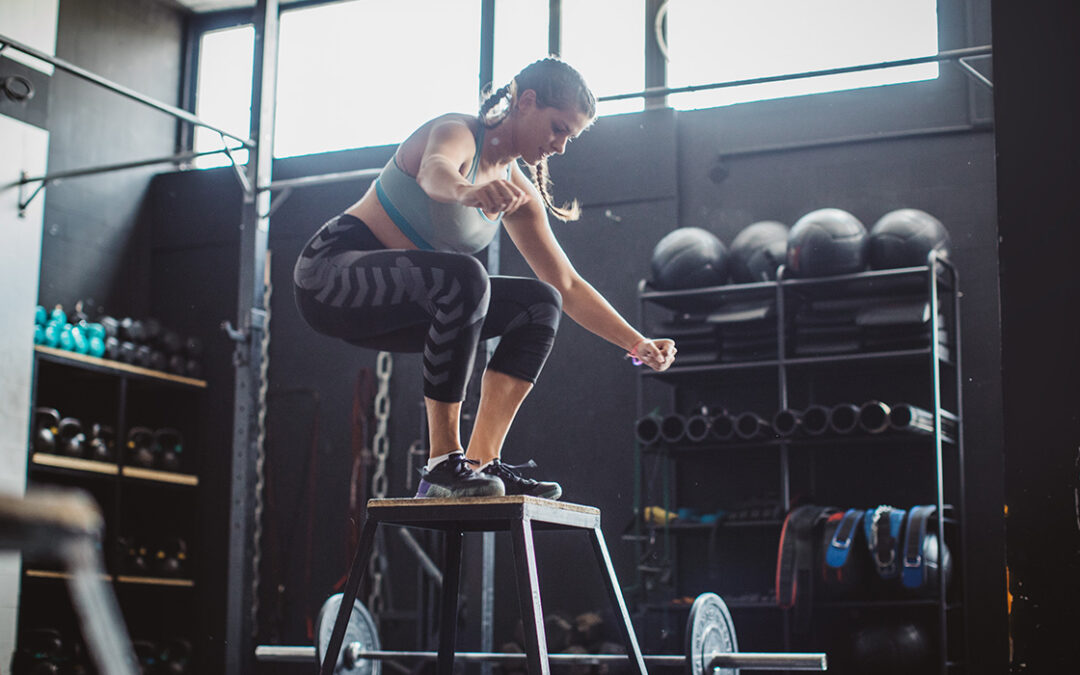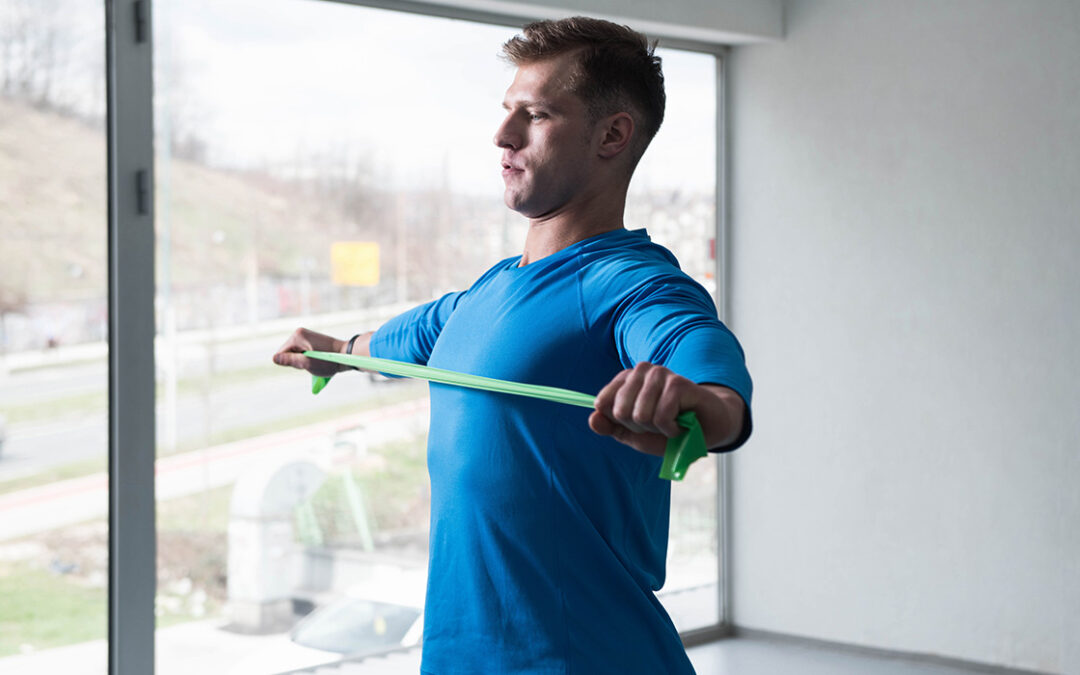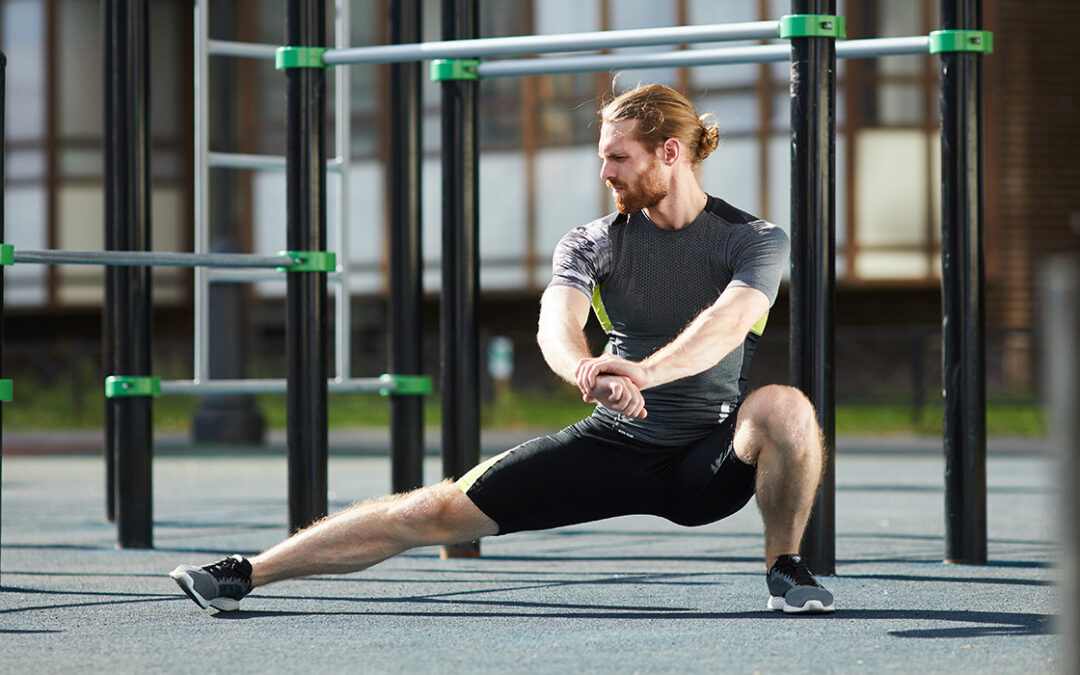
by Satzuma-Creative | Sep 5, 2023 | Training
Post-exhaust training method basically involves a compound exercise followed by an isolation exercise. An example of this is a chin up paired with a straight-arm press down (to further fatigue the lats) or biceps curl (to further fatigue the arms). The idea behind...

by Satzuma-Creative | Sep 5, 2023 | Muscle of the Month
The chest forms part of a larger group of “pushing” muscles in the upper body and is made up of three muscles: pectoralis major, minor and the serratus anterior. PECTORALIS MAJOR This is the larger of the chest muscles and is responsible for adduction of the arms,...

by Satzuma-Creative | Aug 2, 2023 | Training
The concept of a superset is to perform 2 exercises back-to-back, followed by a short rest (but not always). This effectively doubles the amount of work you are doing, whilst keeping the recovery periods the same as they are when you complete individual exercises....

by Satzuma-Creative | Aug 2, 2023 | Training
It combines mobility exercises that increase the range of movements and motions your body can perform. These include flexibility, but also balance, pliability and strength. The full combination is the best way to avoid injury. Mobility is “proprioception” – our...

by Satzuma-Creative | Aug 2, 2023 | Muscle of the Month
Abductors This group of muscles are responsible for hip abduction (moving the leg away from the midline of the body). They also help with rotation of the leg at the hip joint and are necessary for being able to remain stable when walking or standing on one leg. In...






